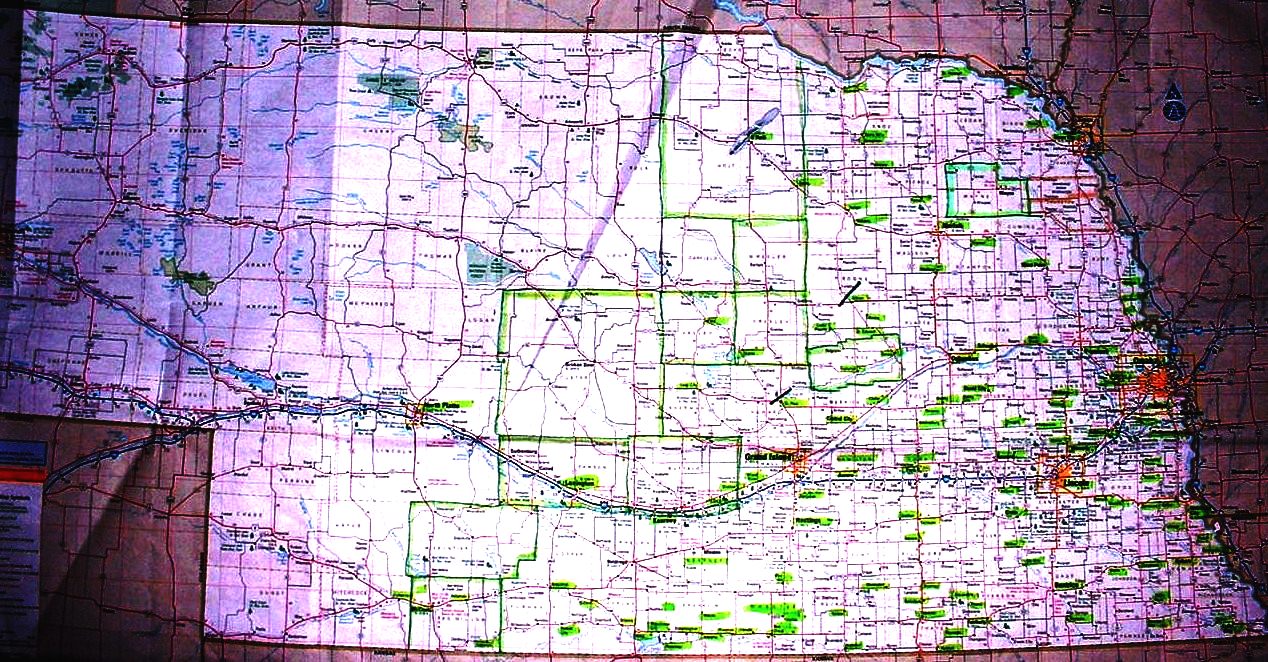About the project
This site is specifically designed to show users how an individual can create a small, manageable site using tools that advance their own inquiry and conceptual grasp of their material with no extremely heavy-duty code to be learned, visible results, and a way to expose audiences to important aspects of women's history.
This project began in a Digital History seminar for graduate students at the University of Nebraska, Lincoln and
came from data I began collecting on spreadsheets and in a database while writing my Masters's thesis.
Part of one page of that spreadsheet looked like this:
The paper map was interesting, but still static and less than satisfying in terms of understanding the real reach of campign. The next step was to figure out a way to relate movement to time and dig into the dynamism of the campaign - a rudimentary Flash movie that began to help with understanding the movement was the result. View the Flash movie here.
I was not satisfied with the Flash movie - building layers makes it somewhat easy to manipulate, but there is no satisfying way of sorting of data or way to move into the data itself. In looking for an open source tool that would somehow bring time and space together in a sortable, understandable way, I found MIT's Exhibit Simile widget and my quest manipulable network data visualizations reached a satisfying conclusion when I came across The InfoVis Toolbox. Learning these tools was not accomplished in one afternoon, but the documentation and model scripts and css sheets are clearly written so that one can find their way around them. Please see my brief tool review for more on using both tools.
Through my work at the Center for Digital Research in the Humanities as Project Manager on a variety of digital history projects, including Jefferson's West, "Horrible Massacre of Emigrants!: The Mountain Meadows Massacre in Public Discourse, and Railroads and the Making of Modern America, and through participation in talks about the future of digital work, I am exposed to a number of cool tools and programming created by the talented people who work for the Center and elsewhere. I have helped direct site development and decided on what tools to use within the context of a "center-based" project but, after hearing dozens of people tell me "You can only do digital work if you have a center to back you up," I decided to build on the earlier seminar work and develop this small site. I hope visitors find it useful and if you have any questions, please contact me at lworking@huskers.unl.edu.


